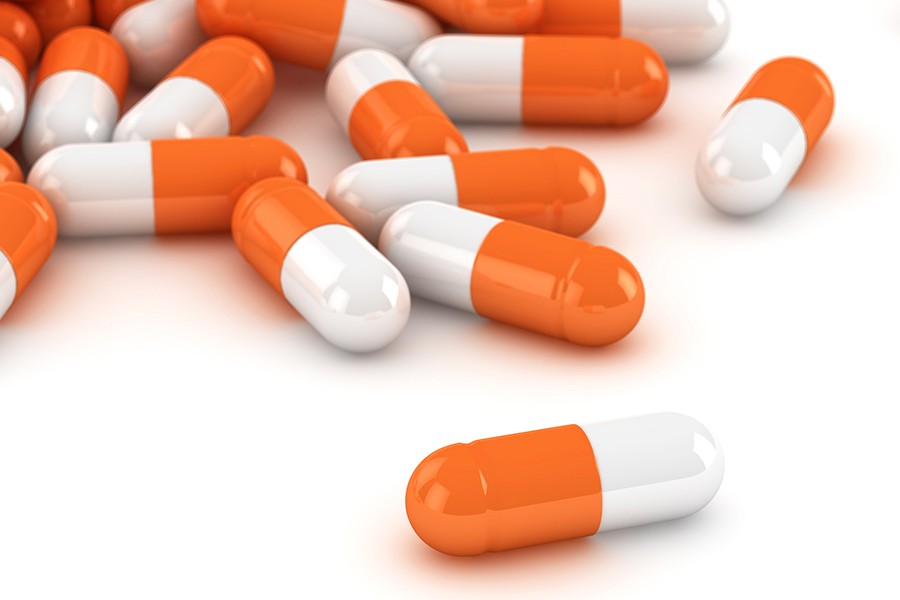Abuse and emergency room visits associated with Adderall have risen dramatically in young adults, even though prescriptions for the stimulant have not, according to new research from the Johns Hopkins Bloomberg School of Public Health.
The study, published today in The Journal of Clinical Psychiatry, found that Adderall misuse is highest among 18- to 25-year-olds, who are primarily getting the medication from friends or family members and without a doctor's recommendation or prescription.
Adderall, the brand name for dextroamphetamine-amphetamine, is typically prescribed for conditions like attention deficit/hyperactivity disorder and narcolepsy. Among the known side effects are sleep disruption and increased risk for mental health problems, including depression, bipolar disorder, and aggressive or hostile behavior. There are also cardiovascular risks like high blood pressure and stroke, which have warranted a black-box warning on the drug from the Food and Drug Administration. There's little research available on the drug's long-term effects.
The popular conception has been that Adderall abuse is most severe among older children and adolescents. But the Hopkins researchers found that 60 percent of non-medical Adderall use for ages 12 and up was happening among 18- to 25-year-olds.
In the study's focus period from 2006 to 2011, researchers saw that non-prescribed use of Adderall by young adults went up by 67 percent and associated emergency room visits rose by 156 percent. Over the same period, regular treatment visits involving Adderall remained unchanged for this age group. The problem appears to be less severe with younger adolescents. For this age group, the study saw that treatment visits for Adderall declined during the six-year period, non-medical use remained stable, and emergency room visits declined by 54 percent.
In addition, researchers found that trends for two other prescription stimulants, including Ritalin, were unchanged over this period.
To see more problems from Adderall without a rise in prescriptions "suggests that the main driver of misuse and emergency room visits related to the drug is the result of diversion—people taking medication that is legitimately prescribed to someone else," says study author Lian-Yu Chen, a former PhD student at the Bloomberg School. "Physicians need to be much more aware of what is happening and take steps to prevent it from continuing."
The researchers found that the major source for non-medical use of Adderall was family or friends; two-thirds of those family or friends obtained it by prescription.
Study co-author Ramin Mojtabai, a professor of mental health at the Bloomberg School, says there needs to be more education for young adults on the risks of Adderall.
"Many of these college students think stimulants like Adderall are harmless study aids," he says. "But there can be serious health risks and they need to be more aware."
Mojtabai suggests that drugs like Adderall should be treated with the same scrutiny as prescription painkillers. He says Adderall prescriptions should be entered into a database to prevent "doctor shopping," where patients get multiple prescriptions from different physicians, sometimes with the intent of selling or distributing pills.
Read more from School of Public HealthPosted in Health
Tagged prescription drugs, drug abuse








